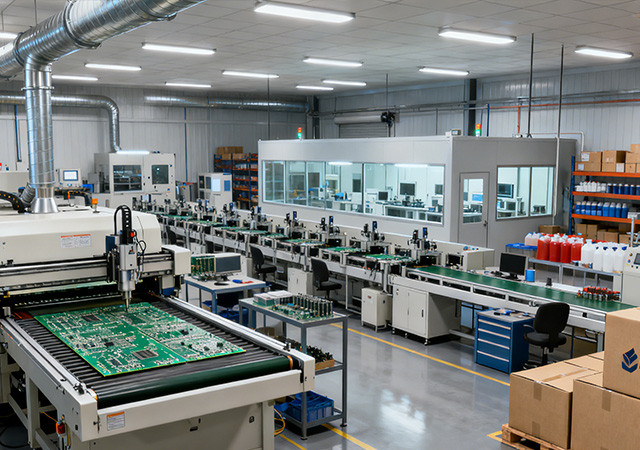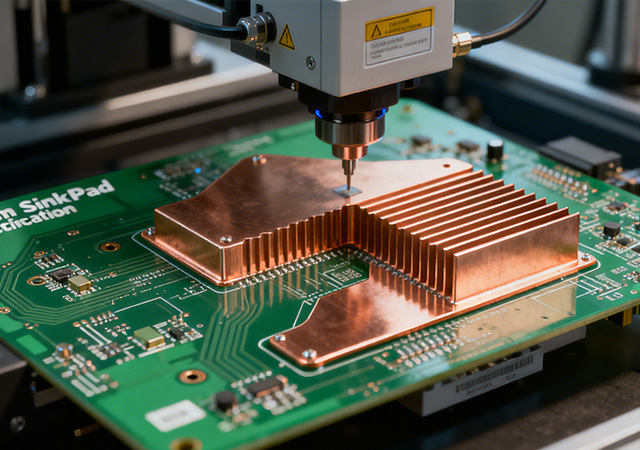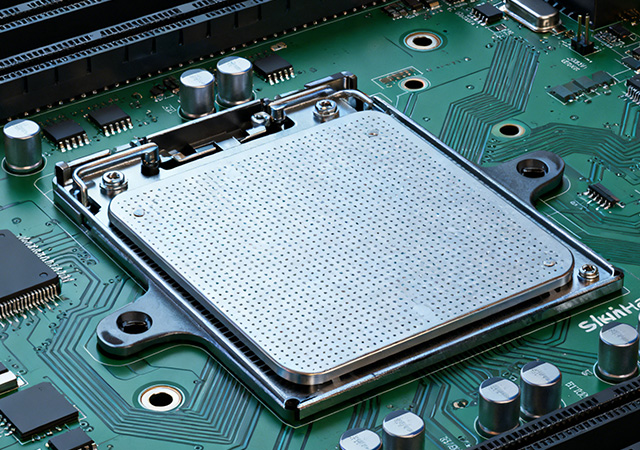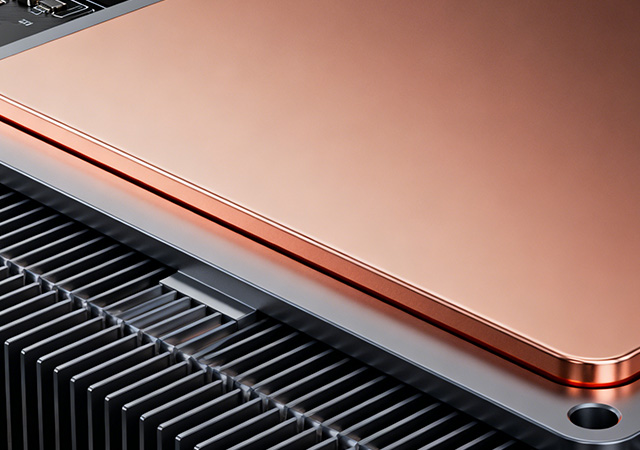-
- PCB TYPE
- PRINTED CIRCUIT BOARD PROTOTYPE ALUMINUM PRINTED CIRCUIT BOARD R&F PCB FPC HIGH FREQUENCY PCB HIGH-TG PCB HEAVY COPPER PCB HDI PCB PCB FOR LIGHTING METAL CORE PCB

A qualified Sinkpad PCB manufacturer serves as the cornerstone of high-power electronic systems, as the performance stability of sinkpad structures—critical for thermal management and current-carrying capacity—directly depends on the manufacturer’s technical expertise, quality control systems, and industrialization capabilities. With the booming demand for high-power electronics in EVs, AI servers, and 5G infrastructure, sinkpad PCB manufacturers are evolving from simple processing providers to total solution partners. This article systematically analyzes the core competencies of leading manufacturers, showcases benchmark enterprise practices, reveals industry distribution characteristics, and provides actionable selection guidelines—all anchored in ISO 9001 quality standards and industry-specific certifications—to help customers identify reliable partners in a fragmented market (CR10=52.1% ).

Custom Sinkpad PCB Fabrication has become a cornerstone for industries demanding tailored thermal and electrical performance, as off-the-shelf solutions often fail to address unique form factors, power densities, or environmental constraints. When paired with ISO 9001 certification, custom fabrication ensures that personalized designs—from compact wearable electronics to rugged industrial power modules—maintain uncompromised quality, reliability, and compliance. ISO 9001’s process-centric framework provides the structure to navigate the complexities of custom manufacturing, balancing flexibility with strict quality control. This article explores how ISO 9001-certified manufacturers deliver custom Sinkpad PCB solutions, covering key fabrication stages, quality integration, industry-specific adaptations, and customer collaboration workflows.

An ISO 9001 Sinkpad PCB manufacturer stands out in the high-power electronics sector by embedding customer-centricity into every layer of its quality management system (QMS). Beyond compliance with the international standard’s core tenets—process control, risk mitigation, and continuous improvement—these manufacturers tailor ISO 9001 requirements to address the unique needs of industries relying on Sinkpad PCB: electric vehicles (EVs), renewable energy, and precision industrial equipment. In a market where product failure can lead to costly downtime or safety risks, ISO 9001 certification serves as a trusted benchmark for reliability, distinguishing certified manufacturers from competitors and fostering long-term customer partnerships. This article explores how ISO 9001-driven Sinkpad PCB manufacturers deliver customer value, adapt quality practices to diverse applications, leverage digital tools for quality excellence, and guide customers in selecting the right partner.

Sinkpad PCB is a specialized high-performance PCB variant engineered for extreme thermal and electrical loads, integrating optimized sinkpad structures with advanced copper-based cores (pure copper, diamond/copper composites, or copper-aluminum hybrids). Unlike conventional PCBs that prioritize signal routing alone, sinkpad PCBs balance three core objectives: efficient heat dissipation from high-power components (e.g., IGBTs, GaN devices), reliable high-current transmission, and maintenance of signal integrity (SI) & electromagnetic compatibility (EMC). Widely adopted in electric vehicles (EVs), 5G/6G infrastructure, and industrial power electronics, sinkpad PCBs resolve the bottleneck of power density growth in compact electronic systems. This article systematically explores sinkpad PCB’s architectural design, key design rules, manufacturing standards, industry compliance, and scenario-specific optimizations, providing a comprehensive engineering guide for high-power PCB development.

Sinkpad Copper Core stands as the core functional component of high-performance PCBs, directly determining the thermal dissipation efficiency and current-carrying capacity of power electronic systems. By integrating pure copper or advanced copper-based composites into optimized sinkpad structures, it addresses the fundamental challenge of concentrated heat and high-current transmission in compact devices—from EV powertrains to 5G base stations. Unlike conventional metal cores, modern sinkpad copper cores leverage material science breakthroughs (such as diamond/copper composites) and precision engineering to resolve long-standing dilemmas of thermal expansion mismatch and interface thermal resistance. This article delves into the material evolution, structural design principles, manufacturing breakthroughs, and cutting-edge applications of sinkpad copper cores, highlighting their pivotal role in advancing high-power electronics.

Got project ready to assembly? Contact us: info@apollopcb.com



We're not around but we still want to hear from you! Leave us a note:

Leave Message to APOLLOPCB
